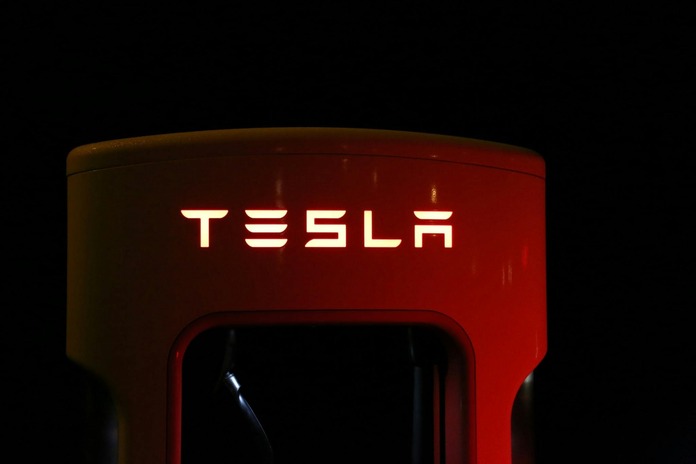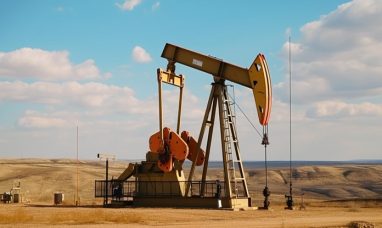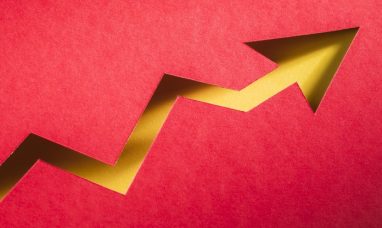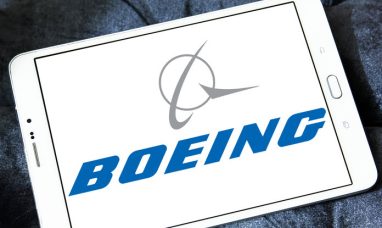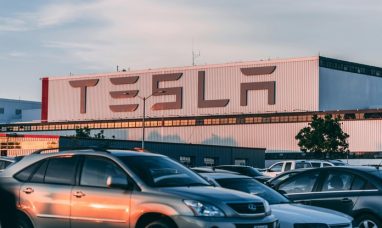Tesla Inc. (NASDAQ:TSLA) just posted its best-ever quarter for free cash flow, a critical financial metric that measures how much cash a company generates after covering expenses and investments. With Tesla free cash flow reaching nearly $4 billion, investors are asking the big question: is this the moment to buy TSLA stock heading into November 2025?
A Record Quarter for Tesla Free Cash Flow
In its third-quarter 2025 earnings report, Tesla free cash flow came in at $3.96 billion — a massive leap from just $146 million in Q2 and $2.7 billion a year ago. That’s a 47% year-over-year increase and a clear sign that Tesla is getting better at converting its operations into profit-generating efficiency.
Despite that, TSLA shares slipped 1.3% after the Oct. 22 report. The drop reflects growing investor caution about Tesla’s longer-term growth drivers, especially as the company faces tighter margins and fading EV incentives.
Inside Tesla’s Financials
Tesla, now headquartered in Austin, Texas, remains one of the “Magnificent Seven” tech giants driving U.S. markets. With a market capitalization of roughly $1.5 trillion, it sits among the top 10 publicly traded companies in the world.
TSLA stock is up 10% so far in 2025, trailing the S&P 500 Index (INDEXSP:.INX), which is up 17%. What stands out, though, is Tesla’s sky-high valuation. The company trades at a trailing price-to-earnings (P/E) ratio of 259 and a forward P/E of 172 — figures that were both below 80 just a year ago. That means investors are pricing in massive growth expectations for Tesla, leaving little room for disappointment.
Mixed Earnings: High Revenue, Lower Margins
Tesla’s third-quarter results were a blend of good and bad news. Revenue topped expectations at $28.1 billion, beating estimates of $26.37 billion. Automotive sales rose 6% year-over-year to $21.2 billion, helped by a rush of customers looking to take advantage of the expiring $7,500 U.S. federal EV tax credit.
Deliveries reached 481,166 vehicles, up 9% from a year ago. But analysts warn that these strong numbers may not be sustainable now that the tax credit has expired. More concerning were the shrinking profit margins: Tesla’s operating margin fell to 5.8%, down from 10.8% last year, while operating expenses jumped 50% to $3.43 billion.
The company continues to invest heavily in robotaxi development and its humanoid Optimus robots. These initiatives may one day revolutionize the company—but for now, they’re weighing on profitability.
Musk’s Robot Army and Investor Concerns
CEO Elon Musk’s focus on autonomous technology dominated Tesla’s latest earnings call. He spoke about developing a “robot army” of Optimus humanoid robots, while expressing frustration with proxy advisors who criticized his potential $1 trillion compensation package. Shareholders will vote on this proposal on Nov. 6, a key event that could impact investor sentiment.
Still, Tesla’s limited updates on its robotaxi program left many analysts uneasy. While Musk has touted robotaxis as a potential $1 trillion opportunity, investors are waiting for concrete milestones.
Analyst Outlook: Divided Opinions on TSLA Stock
Wall Street remains sharply divided on Tesla free cash flow and its broader investment case. Of 42 analysts covering the stock, 14 rate it a “Strong Buy,” while 9 call it a “Strong Sell.” The remaining 19 recommend holding.
The average price target sits around $377—about 18% below Tesla’s current trading level. The most bullish analysts see TSLA reaching $600, while the most pessimistic see a potential crash to $120.
Bottom Line: Can Tesla Maintain Its Free Cash Flow Momentum?
The record Tesla free cash flow figure highlights operational strength, but it was boosted by temporary EV tax credits and end-of-quarter delivery surges. With margins tightening and competition heating up, sustaining that momentum could be challenging.
Investors looking at TSLA in November 2025 should weigh the company’s innovation potential against its steep valuation and uncertain profitability. Unless Tesla can prove its robotaxi and AI-driven projects will deliver tangible returns soon, the stock might not justify its premium price.
For now, Tesla free cash flow is impressive—but not enough on its own to make TSLA a clear buy.
Featured Image: Pexels © Pixabay



